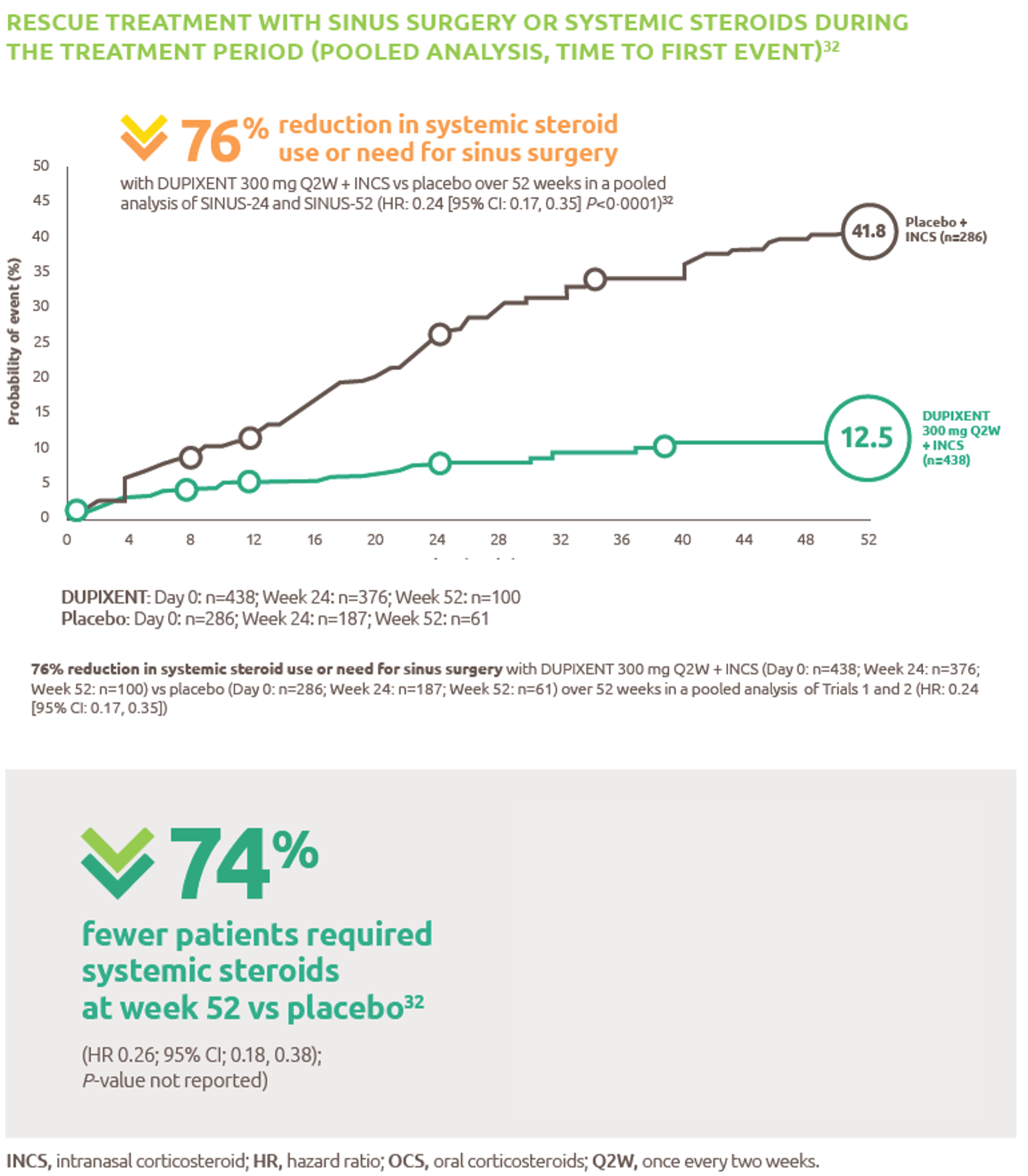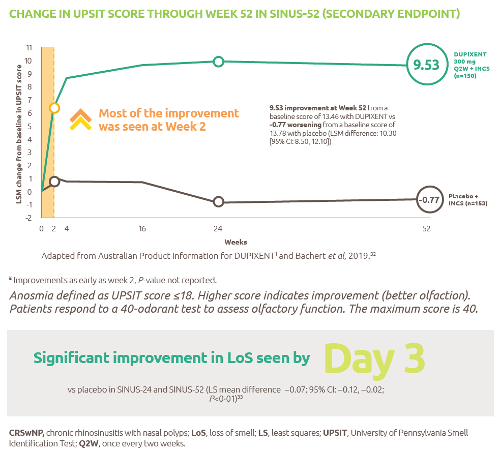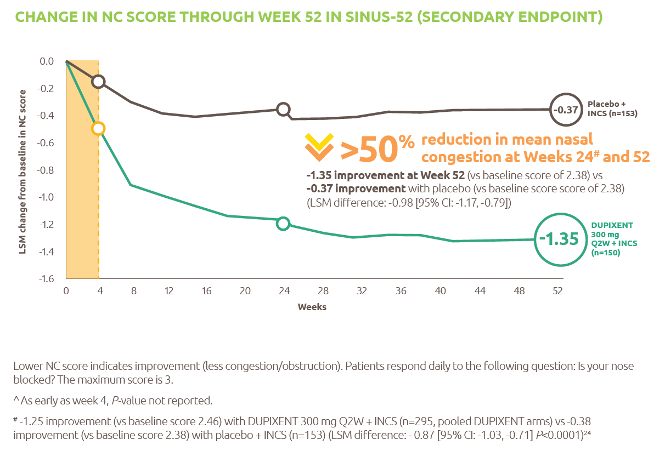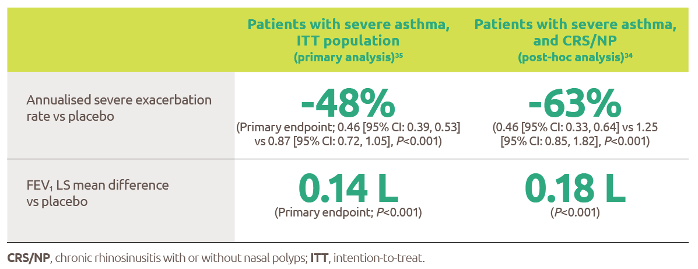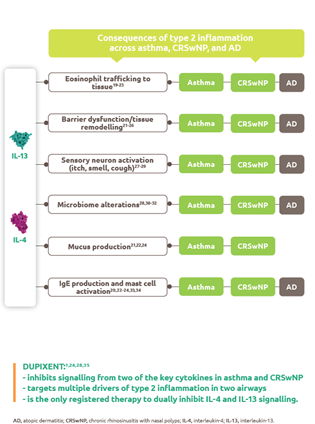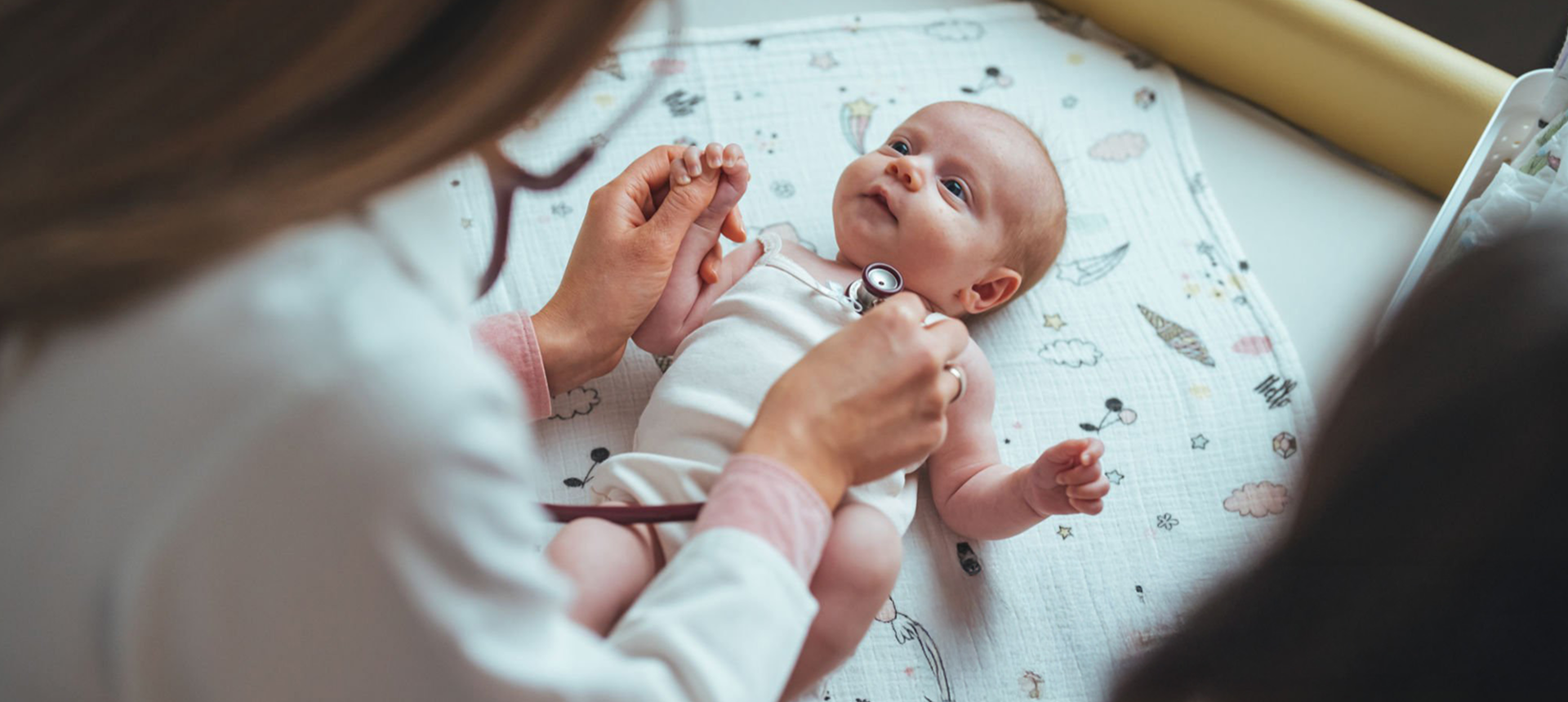
Respiratory Syncytial Virus (RSV)
Discover key information and resources on RSV disease burden and prevention - helping you stay informed and improve patient outcomes.
*Image is not an actual patient.
About RSV
Overview
Respiratory syncytial virus, or RSV, is a highly infectious virus that commonly affects children but is increasingly recognised as an important pathogen in adults.1,2
The clinical presentation of RSV ranges from mild upper respiratory tract infection (URTI) to severe and potentially life-threatening lower respiratory tract disease (LRTD). The most common form of LRTD is bronchiolitis, but pneumonia and croup also occur.1
Don’t miss these key links
Signs and symptoms
RSV infection causes mild URTI in most people with symptoms that can include:2
- Rhinorrhoea
- Cough
- Congestion
- Low-grade fever
- Reduced appetite
- Respiratory distress
In some cases, RSV can progress to LRTD with more serious symptoms such as:
- Dry, wheezy cough1,2
- Difficulty breathing1,2
- Fever (uncommon)1
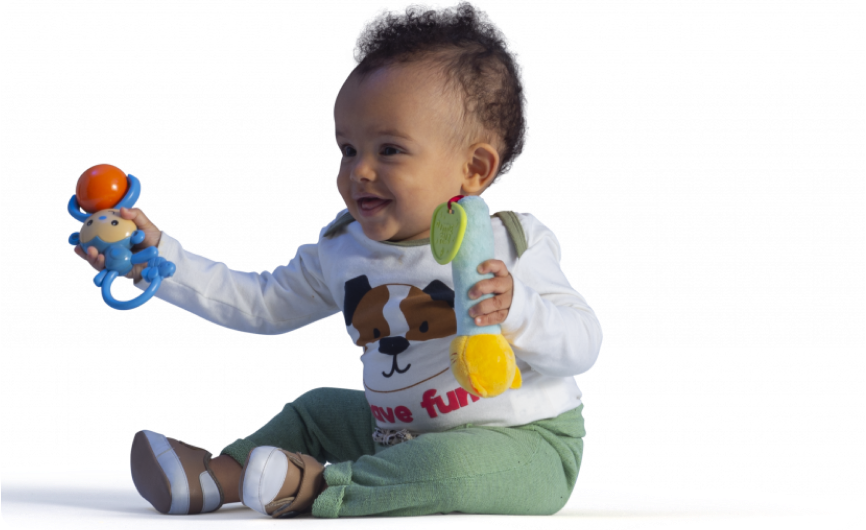
Virology
RSV is a single-stranded RNA Pneumovirus that belongs to the Paramyxoviridae
family.1 There are several different respiratory syncytial viruses, but only one serotype can be hosted by humans.1 RSV is transmitted from person to person through droplets containing the virus when someone coughs or sneezes, or from touching contaminated objects or surfaces.2
Diagnosis
Coughs, colds, and breathing problems can be diagnosed by a doctor and RSV can be confirmed with a polymerase chain reaction (PCR) test via a nose or throat swab.2
Prevention
Some simple ways to reduce the spread of RSV include:2
- Washing hands regularly with soap and warm water or using hand sanitiser.
- Wearing a mask in crowded areas or when visiting high risk individuals.
- Regularly cleaning surfaces and items that may be contaminated, including toys shared among children.
- Staying at home when unwell.
- Covering the nose and mouth when sneezing or coughing.
- Avoiding sharing cups, glasses, or cutlery with people when unwell.
- Throwing out tissues as soon as they’ve been used.
- Avoiding contact with high-risk people such as infants, older people, and immunocompromised individuals when sick.
Immunisations and vaccines are available for pregnant women, infants and some toddlers, and adults aged 60 years and over.
Epidemiology
RSV infects almost all children by the age of 3 years.3 In Australia during 2006–2015, there were 86,687 RSV-related hospitalisations and a clear seasonal pattern during the autumn and winter months in all states and territories except the Northern Territory.4
Most infections are mild, with patients experiencing upper respiratory illness. However, in some cases, RSV can progress to severe LRTD, predominantly in the form of bronchiolitis, or less commonly, pneumonia and croup.1
Risk factors for severe RSV include:4
- Young age (up to 5 years)
- Older age (>65 years)
- Underlying health conditions
- Weakened immune system
- Premature birth
- Low birth weight
- Being from an Indigenous community
However, RSV is unpredictable in infants and children with the majority of those admitted to hospital with RSV being otherwise healthy with no predisposing conditions.4–7
Treatment
Mild RSV can usually be managed with bed rest, over-the-counter pain medicines such as paracetamol and ibuprofen, and staying hydrated, while the body’s natural immune response fights off infection.2
For more severe RSV symptoms, individuals may need to be hospitalised and treated with intravenous fluids and extra oxygen.2 There is no specific treatment against RSV, with management generally consisting of supportive care.1
Featured content

Register to receive full access (Healthcare Professionals Only)
Are you a registered healthcare professional?
Register in less than a minute to access the latest updates and resources to support your practice and help deliver better outcomes for your patients.
.png/jcr:content/Hero%20Video%20(1).png)
Severe RSV Disease is unpredictable
It is not just infants born prematurely or those with underlying conditions who may be hospitalised with RSV. Up to 80% of infants and children who are admitted to hospital with RSV are otherwise healthy children, with no predisposing conditions.
Patient support
.png/jcr:content.png)
RSV awareness posters
Posters to capture parents' attention and create awareness around RSV.
.png/jcr:content.png)
Can’t find what you’re looking for?
Search our extensive knowledge hub
- Borchers AT, et al. Clin Rev Allergy Immunol. 2013;45(3):331–379.
- NSW Health. Respiratory syncytial virus (RSV) fact sheet. 2022; Available from: https://www.health.nsw.gov.au/Infectious/factsheets/Pages/respiratory-syncytial-virus.aspx. Accessed: October 2023.
- Brusco NK, et al. Commun Dis Intell. 2022;46:1-21.
- Saravanos GL, et al. Med J Aust. 2019;210(10):447-53.
- Hall CB, et al. Pediatr. 2013;132(2):e341-8.
- Arriola CS, et al. J Pediatric Infect Dis Soc. 2020;9(5):587-95.
- Rha B, et al. Pediatr. 2020;146(1).
MAT-AU-2501316 - 1.0 - 07/2025









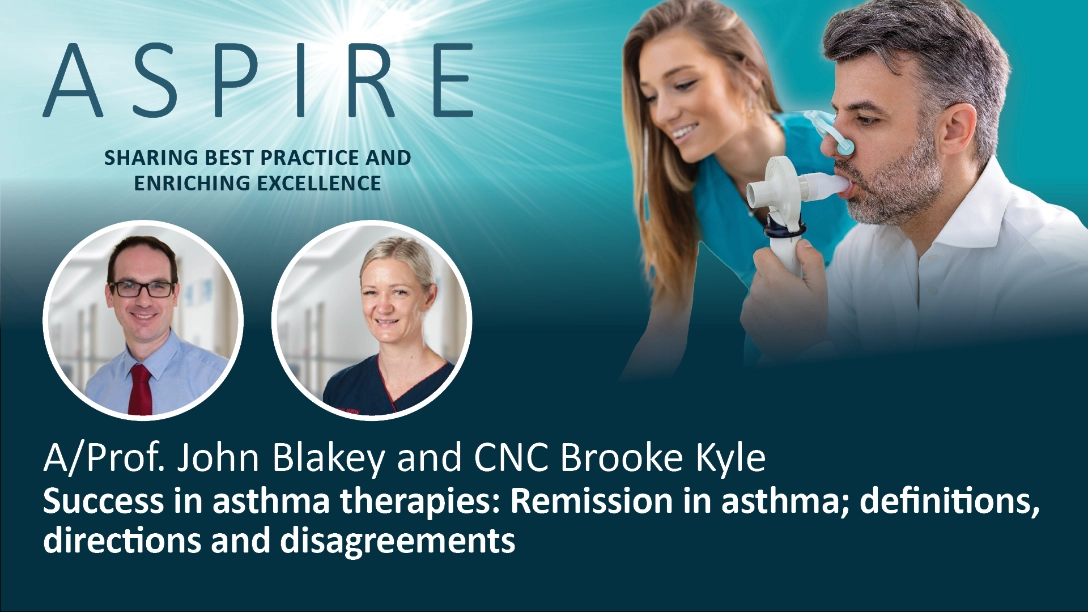





.webp/jcr:content/RESP-ICT2-Wark_400X300%20(1).webp)
.webp/jcr:content/RESP-ICT2-Stone_400X300%20(1).webp)
.webp/jcr:content/RESP-ICT2-Tellus_400X300%20(1).webp)
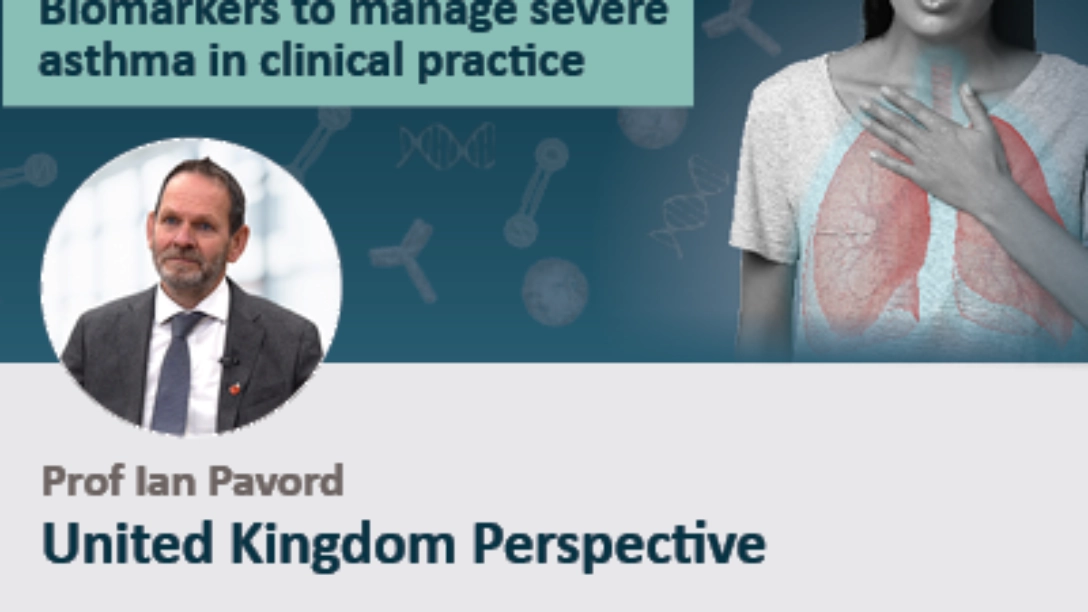


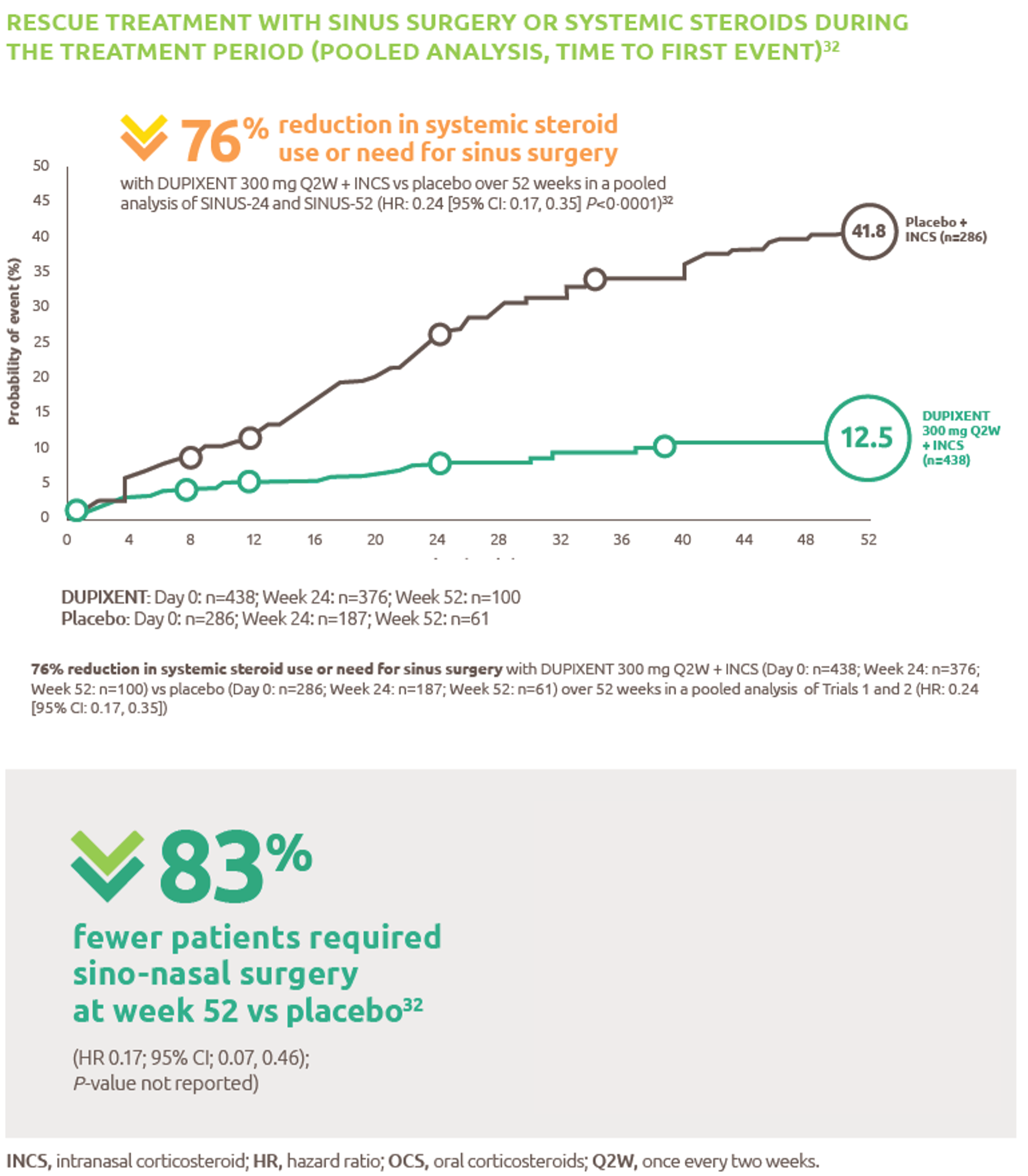

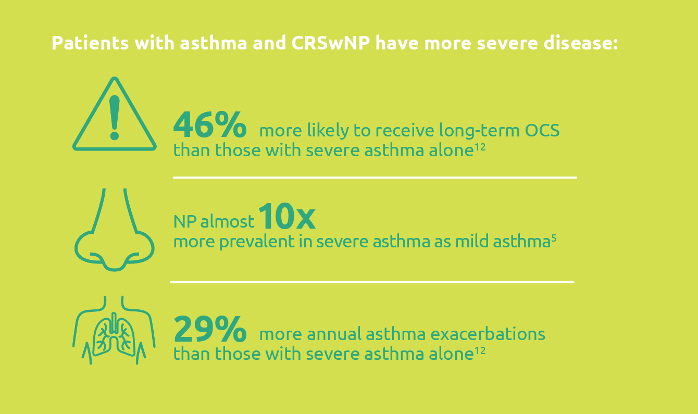.png)
